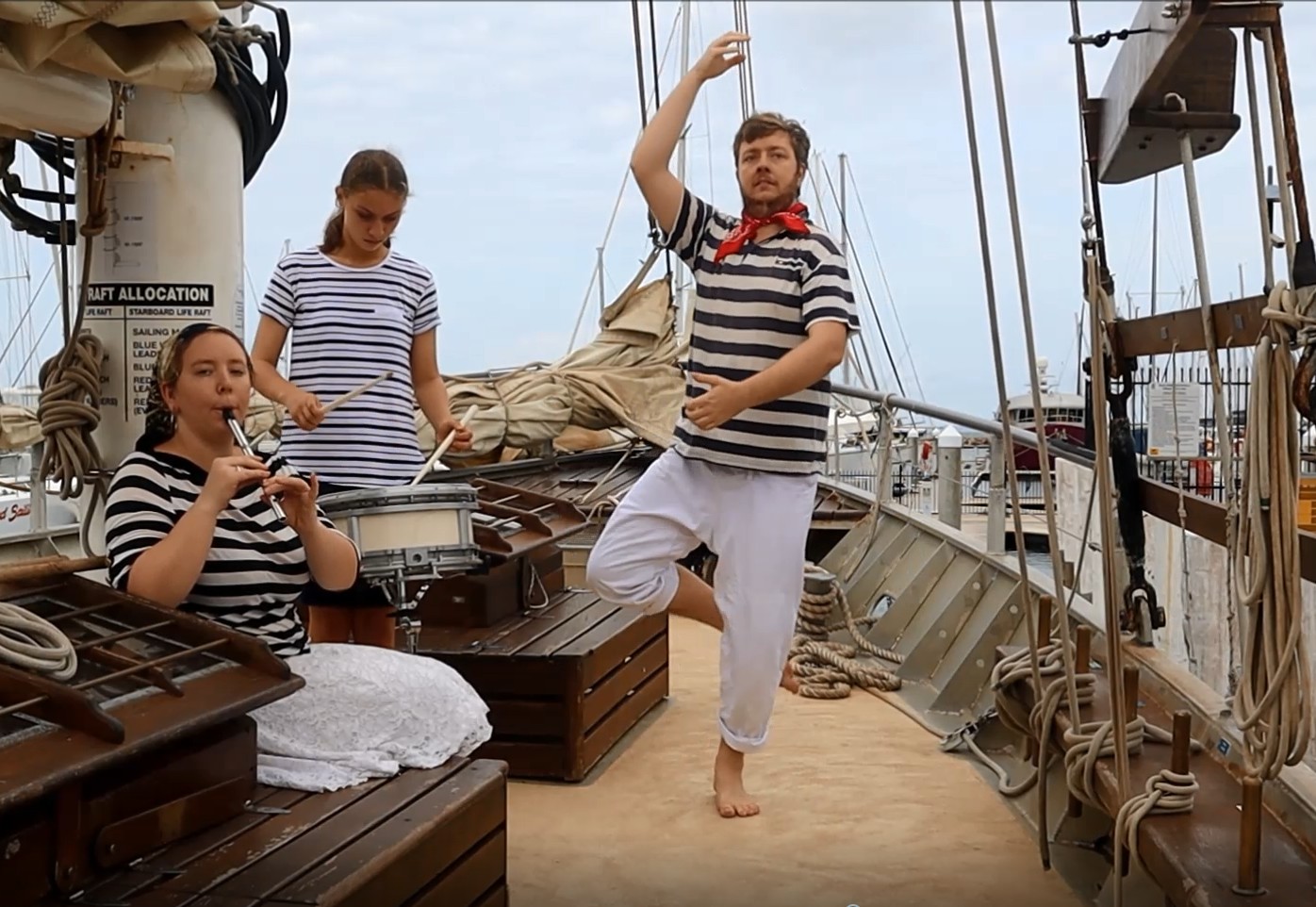
The hornpipe is a lively and spirited dance form that has captivated audiences for centuries. Originating in the British Isles, this traditional dance has evolved into a popular performance art, often showcased in both folk and contemporary dance productions. The distinctive rhythm and energetic movements of the hornpipe make it a captivating spectacle, with dancers skillfully executing intricate steps and lively footwork.
In this article, we will delve into the fascinating world of the hornpipe, exploring its history, characteristics, and significance in the realm of performing arts. From its humble beginnings to its enduring presence in modern dance, the hornpipe continues to enthrall audiences with its infectious energy and vibrant choreography. Join us as we uncover 12 compelling facts about the hornpipe, shedding light on this dynamic and culturally rich dance form.
Key Takeaways:
- Hornpipe is a lively and traditional dance form originating in England, known for its infectious energy, intricate footwork, and lively movements, often performed in 4/4 time and accompanied by a hornpipe musical instrument.
- The hornpipe dance showcases agility and creativity, often featured in competitions and theatrical productions, with deep roots in nautical and maritime culture, influencing various dance forms and styles worldwide.
Hornpipe is a lively dance form that originated in England.
The hornpipe is a lively and traditional dance form that originated in England. It is often performed by sailors and is characterized by its lively and rhythmic movements.
The dance is commonly performed in 4/4 time.
Hornpipe is commonly performed in 4/4 time, which means there are four beats in a measure, with each beat being a quarter note.
Hornpipe is often accompanied by a hornpipe musical instrument.
The dance is often accompanied by a hornpipe musical instrument, which is a reed instrument with a mouthpiece, consisting of a single pipe with finger holes.
The hornpipe dance is known for its intricate footwork.
The hornpipe dance is known for its intricate footwork, which involves quick and precise movements, often resembling the steps taken by sailors on a ship.
Hornpipe is a popular dance in Irish and Scottish traditional music.
The hornpipe is a popular dance in Irish and Scottish traditional music, often performed at ceilidhs and other social gatherings.
The dance is characterized by its lively and bouncy movements.
Hornpipe is characterized by its lively and bouncy movements, with dancers often incorporating hops, jumps, and quick footwork into their performances.
The hornpipe dance is often performed in a solo or group setting.
The hornpipe dance is often performed in a solo or group setting, with dancers showcasing their skills and agility in a spirited and synchronized manner.
Hornpipe competitions are a common feature in traditional dance festivals.
Hornpipe competitions are a common feature in traditional dance festivals, where dancers compete to showcase their proficiency and creativity in performing the dance.
The hornpipe is a significant part of nautical and maritime culture.
The hornpipe is a significant part of nautical and maritime culture, with its origins deeply rooted in the seafaring traditions of England and other maritime nations.
The dance is often featured in theatrical productions and stage performances.
Hornpipe is often featured in theatrical productions and stage performances, adding a touch of tradition and liveliness to the entertainment.
Hornpipe has influenced various dance forms and styles around the world.
The hornpipe has influenced various dance forms and styles around the world, leaving a lasting impact on traditional and contemporary dance genres.
The hornpipe continues to captivate audiences with its infectious energy and rhythmic charm.
The hornpipe continues to captivate audiences with its infectious energy and rhythmic charm, showcasing the enduring appeal of this traditional dance form.
The hornpipe dance is a lively and traditional form that has captivated audiences with its infectious energy and rhythmic charm. Originating in England, this dance is commonly performed in 4/4 time and is often accompanied by a hornpipe musical instrument. Known for its intricate footwork and lively movements, the hornpipe is a popular dance in Irish and Scottish traditional music. Whether performed solo or in a group setting, the hornpipe showcases the agility and creativity of dancers, often featuring in competitions and theatrical productions. With its deep roots in nautical and maritime culture, the hornpipe continues to influence various dance forms and styles worldwide, leaving a lasting impact on traditional and contemporary genres.
Conclusion
In conclusion, the hornpipe is a captivating and energetic dance form that has deep roots in maritime and Celtic traditions. Its lively rhythm and intricate footwork make it a compelling spectacle to behold. Whether performed solo or in groups, the hornpipe showcases the skill, agility, and storytelling prowess of the dancers. With its rich history and enduring popularity, the hornpipe continues to enthrall audiences around the world, serving as a testament to the enduring power of traditional performing arts.
FAQs
What is the origin of the hornpipe?
The hornpipe originated as a solo dance among sailors in the 17th century. It later evolved into a popular form of dance in both maritime and Celtic traditions, with distinct regional variations.
What distinguishes the hornpipe from other dance forms?
The hornpipe is characterized by its lively and syncopated rhythm, intricate footwork, and distinctive arm movements. It is often performed in hard shoes, adding percussive elements to the dance.
Was this page helpful?
Our commitment to delivering trustworthy and engaging content is at the heart of what we do. Each fact on our site is contributed by real users like you, bringing a wealth of diverse insights and information. To ensure the highest standards of accuracy and reliability, our dedicated editors meticulously review each submission. This process guarantees that the facts we share are not only fascinating but also credible. Trust in our commitment to quality and authenticity as you explore and learn with us.
